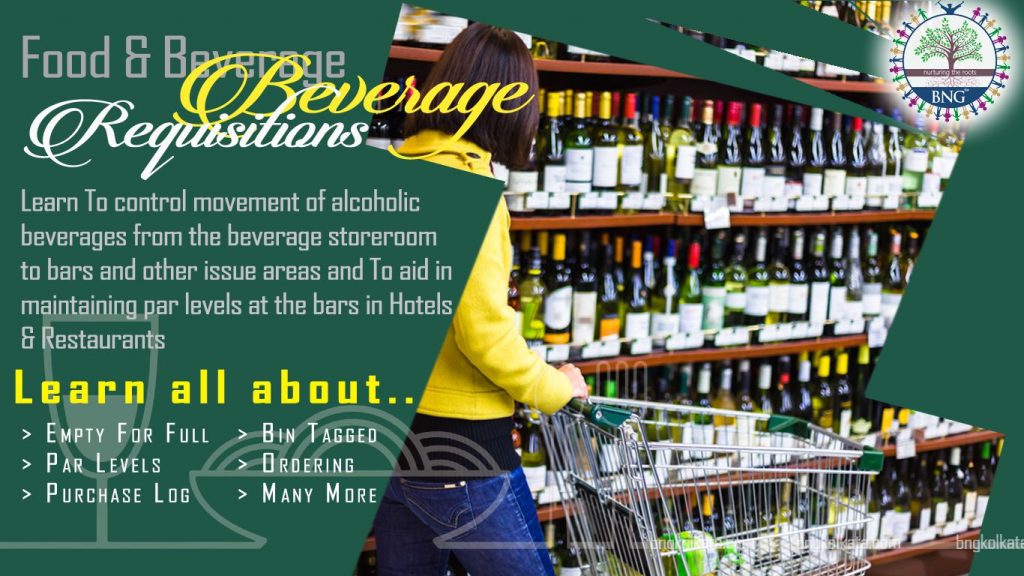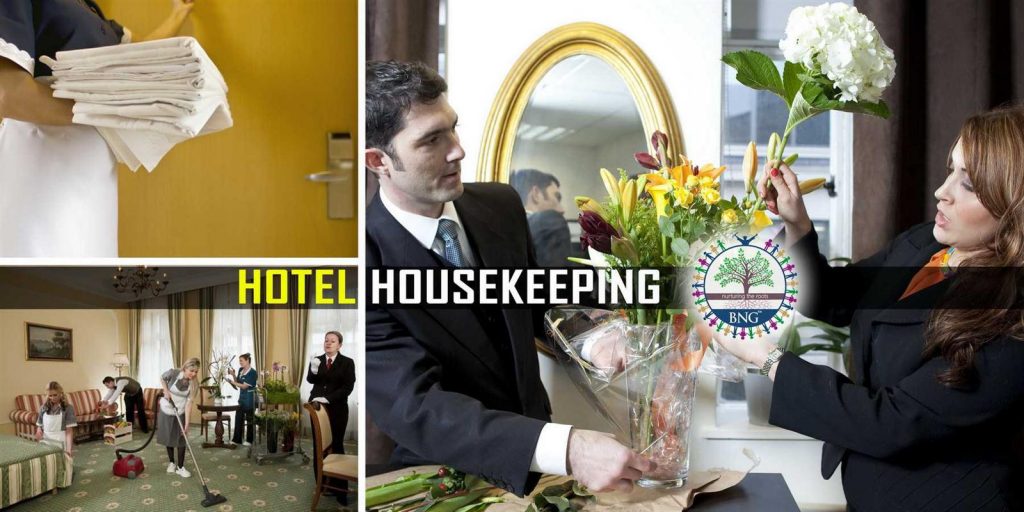Beverage Requisitions for Hotels and Restaurants
To control movement of alcoholic beverages from the beverage storeroom to bars and other issue areas and To aid in maintaining par levels at the bars. F & B Service maintains a complete beverage requisitions daily, using the “empty for full” bottle method.
Beverage Requisitions PROCEDURE :
1. Beverage requisitions should be completed at the close of each business day (night) by the bartender on the closing shift.
2. All spirits and wine (excluding “bin tagged” wine) must be requisitioned on an empty for full bottle basis. Each item on the requisition must be supported by an empty bottle returned to the beverage storeroom with the requisition.
3. Beer and other miscellaneous items should be requisitioned to bring stock levels back to established pars.
4. All requisitions should be done and par stocks brought up to par daily to allow proper chilling of those items that may require it.
5. Requisitions for all areas must be accompanied by the empty bottles of like brands. Additionally, the empty bottles must be identified as coming from the same area that submitted the requisition by checking the color coded bottle sticker. All bottle exchanges must take place in the beverage storeroom.

6. Immediately following the final reconciliation of the issue with the requisition and the empty bottles, all empty bottles are to be broken. This process should be witnessed by a member of management.
7. If the empty bottles cannot be destroyed immediately, the individual filling the requisition must cross through each bottle label (making an “X”) with a black broad tip felt marker. This should prevent any empty bottles from finding their way back into the property for re-use. These unbroken empties must then be secured in the beverage storeroom. Unbroken empty bottles should never be left unsecured.
8. Bartenders are responsible for verifying that their issues and requisitions are reconciled, and that the new inventory is equal to the established, posted par stock.
9. All bar personnel must be instructed to fill out their requisitions in the same sequence in which the perpetual inventory book is organized. This can be easily accomplished by pre-typing or pre-printing the requisitions with the items already listed on them.
10. All requisitions must be signed by the bartender and the person filling (issuing) the requisition.
11. After the requisition is filled and issued, the requisition information should be recorded in the perpetual inventory book. Requisitions should then be filed numerically by area.
12. Beverage requisitions will consist of a three-part form: white (original), yellow and pink. When the bartender completes the requisition, he/she should retain the pink copy and send the white and yellow copy with the empty bottles to the beverage storeroom. After the requisition is filled, the yellow copy is returned to the bar with the issued. The white copy is used to complete the perpetual inventory book and then filed.
13. All beverage requisitions will be maintained on file in the beverage storeroom for one full period after period end.
14. A log should be kept of all items that could not be filled/ issued. This log should be checked whenever beverages are received so all unfilled, back ordered items can be issued. Items requisitioned but not issued should be so noted on the requisition so the bar staff is aware that their pars will be “off”.
15. Discrepancies in bar par audits should first be reconciled with the “out” log before further action is taken.





